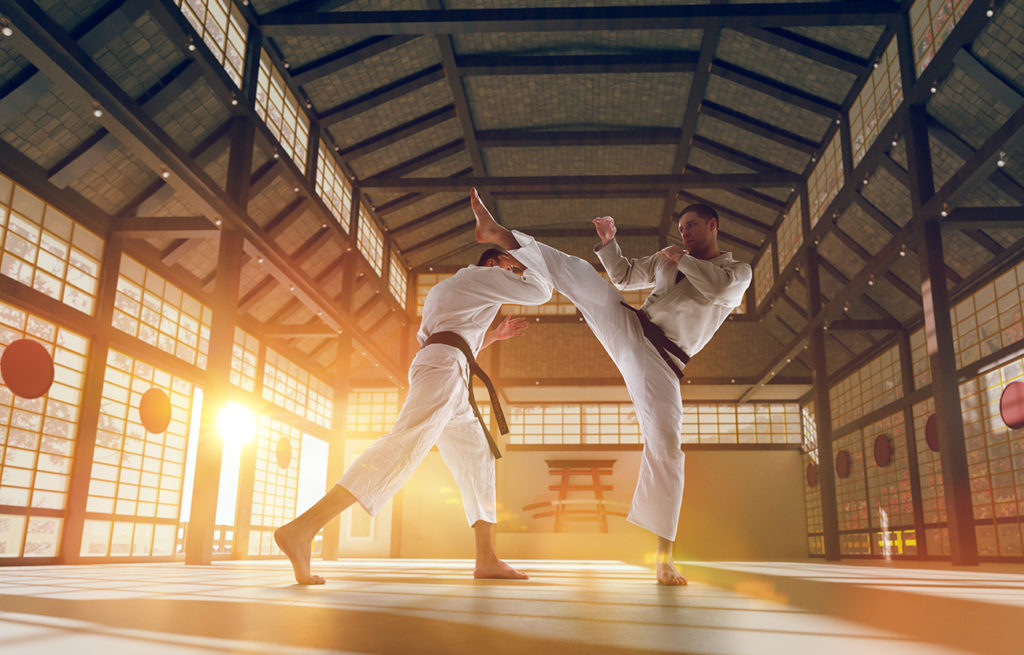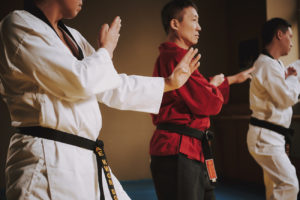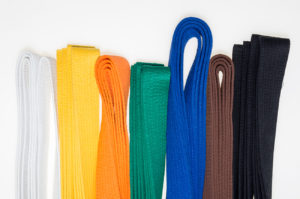
The Origins of Karate in Japan
One of Japan’s popular sports is karate, the “way of the empty hand”. It is a form of martial arts that doesn’t use weapons. Karate is related to the Korean taekwondo and Chinese kung fu. A professional karate player uses feet, elbows, and fists to strike the opponent.
The martial art of te
The origins of karate can be traced to Okinawa in the Ryukyu Islands where it was known as te among the Pechin class of Ryukyuans. The Ryukyu Kingdom was an independent kingdom that ruled most of the Ryukyu from the 15th to the 19th century. The Ryukyu established trade relations with China’s Ming dynasty in 1372 introducing some forms of Chinese martial arts to the island particularly in Fujian Province. Also, a large group of Chinese established a community in Okinawa called Kumemura for cultural exchange purposes and shared their knowledge in Chinese arts and sciences, including Chinese martial arts. Okinawa adapted political centralization in 1429, subsequently enacting a policy banning weapons in 1477. These were factors that further developed unarmed combat techniques in the islands.
Arriving to the mainland
In 1879 the Empire of Japan annexed the Ryukyu Kingdom and karate was introduced to the country as Ryukyuans from Okinawa migrated to the main islands to look for work. Karate was systematically taught in Japan with the Japanese Ministry of Education inviting Gichin Funakoshi to give karate demonstrations in Tokyo. Funakoshi is the founder of Shotokan karate-do, probably the most widely known style of karate. He is also known as a “father of modern karate”. Keio University established the first karate club in mainland Japan in 1924 and by 1932, major Japanese universities also had karate clubs.
Modernization of karate
Funakoshi and his followers adopted the rankings, uniforms, and training belts used in judo. The written symbol for karate in Japanese was changed to a word that is pronounced the same way but with a different meaning, instead of “Chinese hand”, karate was now “empty hand”. The budo establishment overseeing traditional Japanese martial arts formally recognized karate in 1935.
Karate became a global success after World War II during the Allied occupation of Japan when General Douglas MacArthur enacted a policy that banned military education and drills closing down all martial arts, except karate. “Kara” in Karate-Do means to “to purge oneself of selfish and evil thoughts… for only with a clear mind and conscience can the practitioner understand the knowledge which he receives.” Likened to a true Jedi, one should be inwardly humble to be able to be open to Karate’s many lessons.
